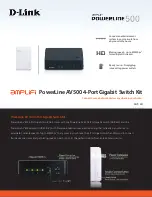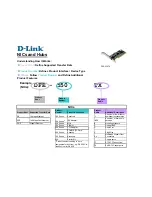
Step 2
Attach the bottom-support rail to the rack or cabinet using a Phillips torque screwdriver on at least three (four if possible)
M6 x 19 mm or 12-24 x 3/4 inch screws for each end of the rail (using a total of 6 to 8 screws for the rail as shown in the
following figure) and tighten each screw to 40 in. lbs (4.5 N.m) of torque.
Figure 6: Attaching Bottom-Support Rails to a Rack
M6 x 19 mm (or 12-24 x 3/4 in.) Phillips screws (6 to
8 per rail)
2
Adjustable bottom-support rails (2)
1
At least three of the screw holes on each end of the bottom-support rail align to the mounting rail. Use at least
three screws (four if possible) on each end of each bottom support rail.
Note
Step 3
Repeat Steps 1 and 2 to attach the other bottom-support rail to the rack.
Make sure that the two bottom-support rails are level with one another. If they are not level, adjust the higher
rail down to the level of the lower rail.
Note
What to do next
When the bottom-support rails are installed at the lowest possible RU and are level, you are ready to install
the chassis in the rack or cabinet.
Installing a Chassis on a Rack or Cabinet
Before you begin
• Verify that the chassis shipment is complete and undamaged.
• Verify that a four-post rack or cabinet is installed and secured to the subfloor.
Cisco Nexus 7710 Switch Site Preparation and Hardware Installation Guide
21
OL-30452-01.
Installing the Chassis
Installing a Chassis on a Rack or Cabinet
















































